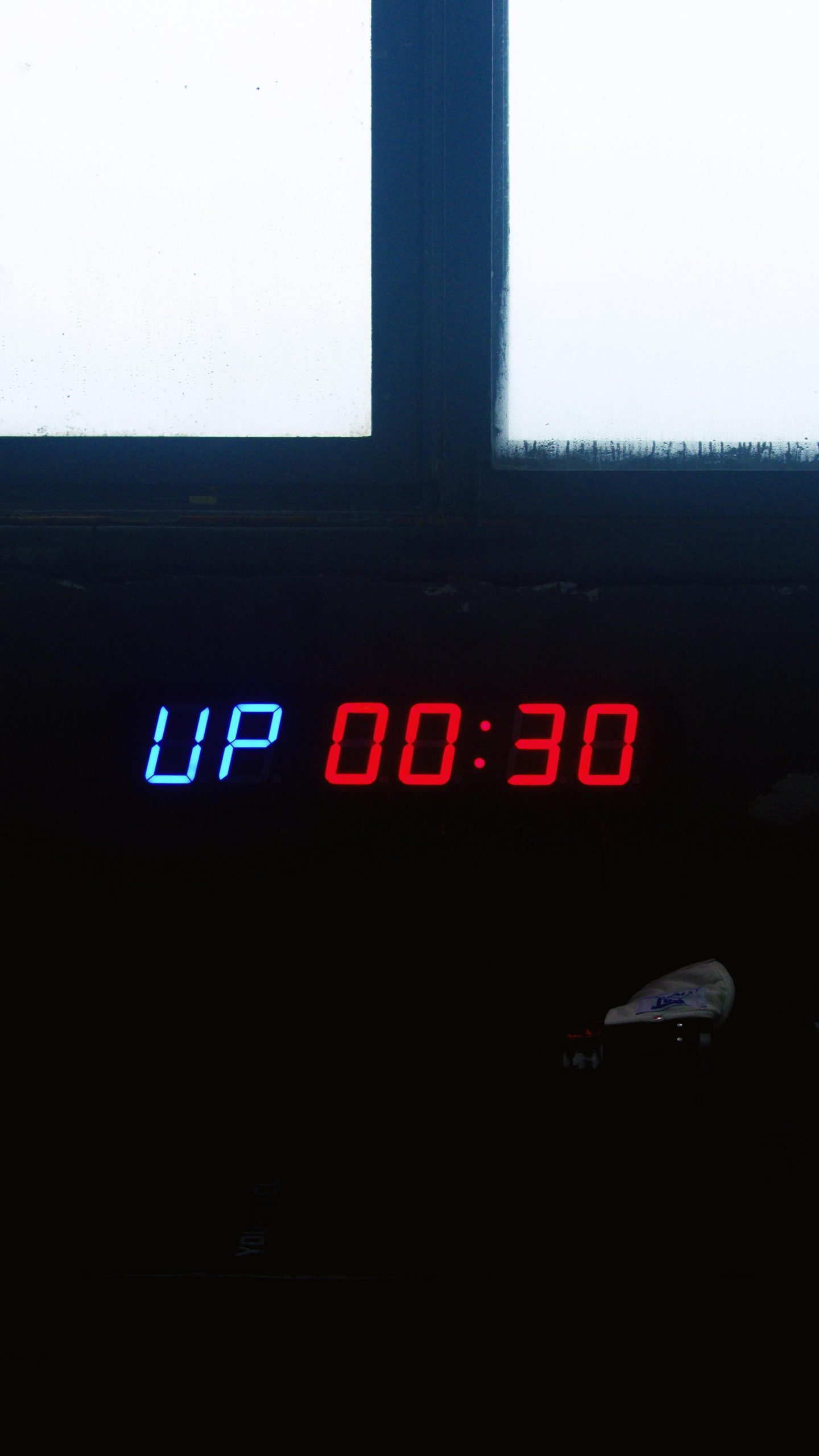Comprehensive Troubleshooting and Performance Challenges in a Modern Gaming PC
Introduction
Building and maintaining a high-performance gaming PC involves a delicate balance of hardware configuration, software optimization, and troubleshooting skills. This article shares an in-depth account of persistent technical issues faced by a dedicated gamer, including screen tearing with G-Sync enabled, stuttering across various titles, and unusually low CPU power consumption. By outlining the hardware specifications, the troubleshooting steps taken, and the current status, we aim to provide insights for enthusiasts encountering similar challenges.
System Overview
The rig in question features an advanced setup designed for demanding gaming and creative workloads:
- Monitor: MSI OPTIX MAG QRF274-QD, 165Hz, 1440p
- Motherboard: MSI B760M D3SH DDR5
- Storage: 1TB Western Digital NVMe SSD, 1TB Samsung SSD
- Memory: XPG DDR5 6000 MHz
- Graphics Card: NVIDIA RTX 3080 10GB
- Processor: Intel Core i5-14600KF
- Power Supply: 750W Platinum Plus by Antec
- Cooling: ThermalRight liquid cooling solution supplemented by multiple fans
Initial Software and BIOS Updates
The system’s initial deployment involved a clean installation of Windows 10 Pro. Prior to troubleshooting, a BIOS update was performed to the latest version, with subsequent attempts to enhance RAM overclocking by adjusting timings. Notably, an attempt to manually increase RAM timings from the defaults prompted a CMOS reset, possibly influencing later issues.
Emerging Problems
Shortly after BIOS updates and RAM modifications, the user experienced stuttering in PUBG’s lobby, which was later observed across multiple games, including Jedi Survivor, Cyberpunk 2077, and others. Additionally, persistent screen tearing was reported even when G-Sync was enabled, conflicting with expected synchronization behavior. Interestingly, Windows customization through registry edits revealed a new value termed “gpu linking shader blacklist,” which was removed based on advice that considered it safe to delete.
Troubleshooting Efforts
A wide array of troubleshooting methods were employed, demonstrating diligence and a methodical approach:
- Operating System Reinstallation: Windows 11 was installed after wiping all partitions, yet issues persisted.
- BIOS and Driver Management: BIOS was reflashed; chipset drivers were reinstalled and tested for latency issues; GPU drivers were cleanly reinstalled using Display Driver Uninstaller.
- Hardware Variations: The GPU was swapped with a known working model (
Share this content:



